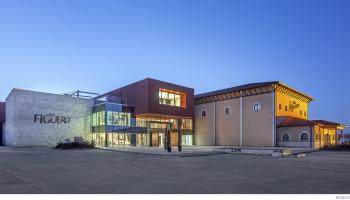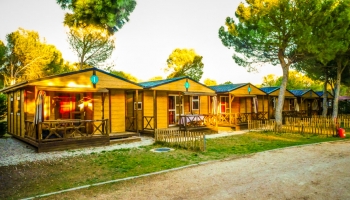English


Monument
English
The parish church of San Nicolás de Bari was declared as "Good of Cultural Interest" in the category of Monument in 1964.
- The origins of the church of San Nicolás de Bari de Sinovas are in the thirteenth century. From this time the Romanesque cover and some walls are preserved, among them the original bell tower, which was covered in the fourteenth century when the fortified tower is built attached at the foot of the previous church.
- In the fifteenth century the original walls were raised and the coffered ceiling is built, painted to the tempera, in the Tabalist Mudejar style. Some 160 of the more than 400 figures it originally had are preserved. Among them we can find religious scenes, knights, members of the clergy, saints, maidens, monsters and real and imaginary animals...
- By 1520 the brothers Juan and Sebastián de la Torre built the choir staircase and the Mudejar plastermark pulpit, and by the mid-16th century the Romanesque apse was thrown to build the current Renaissance style, along with the altarpiece of St. Nicholas of Bari , by Francisco de Logroño (disciple of Juan de Juni), and the atrium with its also Renaissance columns.
- Currently we can also enjoy inside some pieces that belong to the Museum of Sacred Art of Aranda de Duero, dated between the fifteenth to the eighteenth centuries.
Location
Suggestions
Winery
La Horra
Restaurant
Accommodation
Peñafiel
Shop
Peñafiel
Museums
Montejo de la Vega de la Serrezuela
Leisure
Aranda de Duero











